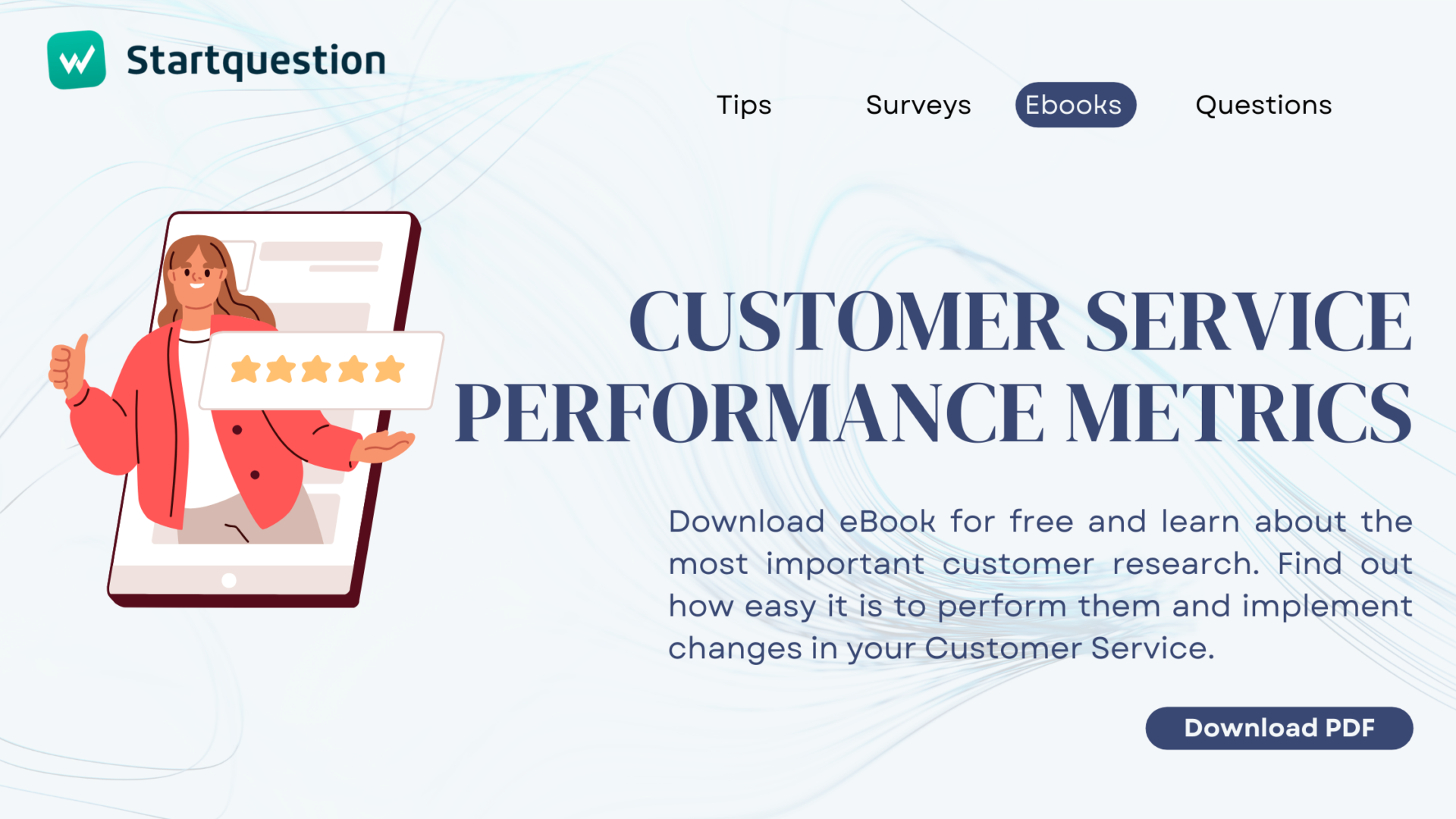How the survey reaches respondents has a massive impact on the response rate. If you do not have a database of respondents to whom the survey is to be sent, it is evident that you cannot send a survey to an email address. However, there is an alternative method of distributing the study – by sharing a survey link. And although you have to earn the respondent’s attention more and put a little more effort into using this type of mailing than when distributing via email, it is still possible to achieve a high response rate.
Based on our research experience and our customers’ success stories, we have created a list of practical ways to help you successfully find survey respondents and achieve a high response rate. From the article devoted to sending a survey without having a defined database of respondents, you will learn, among others
- how to make the most of social media to recruit research participants,
- what to do to make the participants share your survey,
- what the link, invitation, and introduction to the survey should look like to encourage users to fill it out,
- what is the best time to publish the survey link,
- what should be tested before sending the survey to respondents.
Sending a survey by link – 10 ways to collect the maximum number of results
1. Use the power of social media
Facebook is the world’s most popular social networking site, and it is worth taking advantage of its potential when conducting online research. Several options on a social networking site can be considered when publishing a survey and searching for respondents. These include:
- placing a link to the study in the private account feed as a new status,
- publishing a post with a link on a group (closed or open),
- creating an event that will notify users about the study, in which you can describe in more detail why it is worth taking part in it,
- creating an entirely separate page for your study,
- investing in an advertisement (Facebook Ads) in which you can encourage participation in a survey by promoting a previously created profile, page or event,
- sending a link in private messages to specific people who may be interested in participating in the study.
If you conduct research on the broadly understood business, it is worth considering publishing a link to the survey on LinkedIn. It is a well-known forum for the exchange of knowledge and professional experience. As opposed to social media used for personal purposes, professionals gather on LinkedIn, so it will be easier for you to find people interested in the business topic of the survey. In terms of distribution methods, they are similar to Facebook, except that you can reach potential respondents even more precisely, taking into account not only their name and surname and interests but also e.g., a workplace, industry, or job.
2. Make your survey popular – sharing the link further
You are not the only one who can contribute to popularising your survey and increasing your survey response rate. If you think carefully about the survey structure, you can give respondents the option of continuing to share the survey with one click. You can do this in several ways:
- on the thank you page for completing the survey, place a link to the survey with text encouraging further sharing or offering a reward for its further promotion. The text could read as follows: Thank you for completing the survey! If you found the study interesting, please send this link to your friends and colleagues: www.startquestion.com/important-question
- if you choose to complete your study with Startquestion, you can encourage sharing the survey in an even easier way. To do this, select a special checkbox in the survey settings:

Thanks to this, popular social media icons with the possibility of sharing will appear in the questionnaire, which look like this:

3. Make the most of your network potential
The more people see the link to your survey, the greater the chance that someone will click on it and you will collect a satisfactory number of answers. Therefore, do not be afraid to be visible – publish a link to the survey in all thematically-related places on the web.
Based on our experience, we have created a list of places on the Internet where your research has a chance to attract the attention of potential respondents. We recommend publishing the link in the following places:
- on thematic web forums – not only as new posts, but also in comments,
- in blog comments and articles on the same topic as your survey,
- in discussion groups on social media,
- in a newsletter addressed to customers and business partners,
- on your own blog or website,
- if the author of the study is a company with partners – in guest posts on blogs and websites of other organizations.
4. Be sure the link looks attractive
The link to your survey may take various forms, it may be a link in the Startquestion domain, for example: (https://www.startquestion.com/survey/13456/my-survey.html), links to one of the subdomains, e.g.: https://customer-satisfaction.startquestion.com or a link in the subdomain of your company website, e.g.: www.survey.my-company.com. The content of the link itself can also be different – a sequence of numbers, characters or words. Depending which option you choose it may affect the survey response rate.
- As for the domain itself, its choice should depend on the type of study. The link in your own corporate domain is primarily aimed at increasing the credibility of the survey in the eyes of the respondents. It will make it possible to associate the survey even more with its creator or the company from which it comes. In turn, a link to an external system such as Startquestion can be a guarantee of anonymity and neutrality of the study which is of great importance primarily in employee surveys or organized competitions.
- In addition to the domain the link content itself is also important. We recommend that, regardless of the type of survey, include the name, purpose or author of the survey, e.g. satisfaction-survey.startquestion.com, life-improvement.startquestion.com, xCompany-survey.startquestion.com, etc. Thanks to this:
- you will immediately inform the respondent what the survey is about,
- you will ensure that they click on the link to the survey and not a suspicious page,
- you will not confuse a few shared surveys when sending them to specific people.
5. Remember that when it comes to surveys, the shorter the better
Even if you manage to gain the respondent’s trust in the introduction to the survey through a legible link, you cannot guarantee that after clicking, he or she will actually complete the survey. Therefore, in order to guarantee a high response rate, it is worth making sure that only the necessary questions are included in the questionnaire.
Research proves that a short survey has a greater chance of a high response rate. They show that the response rate is directly correlated to the length of the survey and is on average 17% lower when it takes the respondent more than 5 minutes to complete.
Therefore, when conducting online research, it is worth assuming that a good survey is a short survey.
6. Encourage users to fill your survey in through its appearance
Clear, aesthetic and pleasant to fill in. These are the features of the survey, which with its very appearance and structure encourage users to take part in it. To be sure that your questionnaire meets these requirements, pay attention to the individual elements of the survey, including:
- colours and font matching the survey topic (or neutral, which does not dazzle the respondent’s eyes),
- consistent formatting (same spacing, numbering),
- logical structure – one question results from the other, there is a clear division into pages, introduction and thank you page, etc.
- if it is a survey related to your company, it will also match its image.
7. Ask the right first question
The decision to complete or abandon the survey is more of an impulse for the respondent than a well-thought-out process. Therefore, the question that opens the questionnaire must be structured in a way that would encourage the respondent to continue to fill it out. The opening question for the study should therefore be:
- easy to fill in,
- carefully designed in terms of graphics,
- interesting or closely related to the topic of the next part of the survey.
Remember to take care not only of how the survey is displayed on the computer but also on mobile devices.
8. Test and don’t make mistakes
Avoid sending an unprepared, erroneous questionnaire to respondents. It will certainly harm both the willingness to participate in the survey and the continuation and completion of the survey. Therefore, before you start mailing the survey to your database, you have to test the filling process. Ideally, you should also involve third parties, such as colleagues, to test-complete the survey. During the test, first of all, pay attention to whether:
- the questions are written in clear, understandable language,
- there are no spelling and linguistic errors in them,
- the survey is logical,
- there is no problem with moving to the following questions,
- the logo design, graphics, or video contained in the study are displayed correctly,
- the questionnaire is displayed correctly on mobile devices,
- completing the survey takes as long as it was announced in the introduction or invitation.
9. Republish and remind
Passively expecting that the respondent will remember to complete the survey will not help you with collecting a large number of results. It is very likely that the moment a user sees a link to your survey on a forum or on social media, they will not have the time or willingness to participate.
This is why you should remember to publish the link to the survey not only in different channels but also in the same place several times.
10. Offer a reward
Sometimes the mere satisfaction of taking part in a survey will not be sufficient motivation for the respondent. By offering the respondent gratification, the researcher can count on a much higher response rate – according to Qualtrics research, an appropriately selected award for the target group may increase the response rate by up to 48%. The reward also positively affects the quality of the information received in the survey. If the respondent knows that a reward awaits them, more attention is paid to how they answer the questions.
What can the gratification be? Here are some examples used in online surveys:
- discount for subsequent purchases,
- discount for purchases from a partner company
- in the case of SaaS services – an extension of the account validity,
- free gadget with the logo of the company organizing the survey.
Gratification does not always mean providing respondents with something valuable or tangible. An alternative to physical reward is the respondent’s sense of making a difference or helping. After all, everyone likes to feel that their actions are essential and necessary and that their opinion matters.
When is the best time to send a survey to achieve a high response rate?
First, let’s answer an important question. What can be considered a good response rate?
The average employee response rate is typically around 30-40%. In the case of customer surveys, the average response rate is 10-15%.
Source: Smart Survey
Now let’s think about what to do to get your survey close to the maximum response rate:
“You can count on the greatest response rate when you ask for feedback immediately after goods are delivered or services are provided. Qualtrics research also shows that the feedback provided immediately is 40% more accurate than the information collected 24 hours later.”
As you can see, the moment of publishing the survey is of great importance for the success of the survey. The principle of immediate publication applies to the most popular surveys targeting users, customers, and employees. This is because immediately after making a transaction or a specific event, the respondent remembers all the details of the experience and shares them more willingly. Therefore, the link with the survey should be sent to the respondent immediately after the event it relates to in the case of research, such as:
- Transactional NPS, i.e., the assessment of a specific point of contact (e.g., purchases) using the popular Net Promoter Score method,
- Post-purchase satisfaction survey,
- Customer Needs Survey,
- Website evaluation,
- User Experience of the website or e-commerce
There are studies that, due to their specificity, require respondents to have some time to think about their experiences. In these cases, immediate feedback will not be substantive and will not give you the actual picture of the respondent’s experience. This applies, among other things, to the following studies:
- Relational NPS, i.e., Net Promoter Score assessing not a specific transaction but the entire customer-company relationship,
- employee satisfaction surveys – must be sent after a certain period of work in the company. Otherwise, the feedback will not be valuable. For beginning employees, prepare a different survey, e.g., onboarding surveys.
- assessment of satisfaction with services extended in time, e.g., a trip abroad – then make sure to test the satisfaction AFTER the event is completed, not during it, and certainly not before it.
Send surveys via a link and achieve a high response rate
Do you want to test creating your own survey and generating a link to the survey? You can do it for free – create an account on Startquestion and test the capabilities of our tool for 14 days.
If you do not have the ready content of the study yet, we encourage you to use ready-made survey examples. Thanks to them, surveys for customers, users, and employees, as well as market and opinion research, can be ready for mailing even within a few minutes. You can change the templates according to your needs – add, delete questions, change the colors, add a logo, etc.




